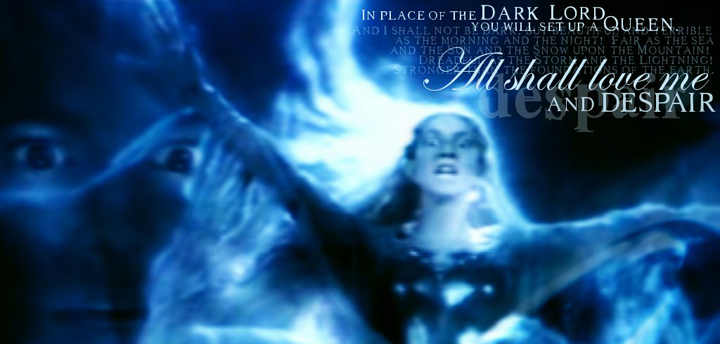Well, thanks to my handy, dandy NOOK Color I’ve been reading a lot more lately. In fact, I have a few more “NOOK Book” reviews coming up in the next few days (hopefully, if I get a chance to write them up). And today, I’m glad to bring you a brief review of the fifth book in The Saxon Tales series – The Burning Land. In The Burning Land, author Bernard Cornwell continues the story of Uhtred Ragnarson – the anti-authority hero of 9th Century pre-England.
Uhtred’s tale continues in this novel much like it has in the previous novels. He fights a few battles for a king that he doesn’t respect (King Alfred) to help create a country that he doesn’t care about (England). In some respects, Cornwell’s writing style has become somewhat formulaic for The Saxon Tales, but as a reader of this series – I’m fine with it. In other words, when I pick up one of these books (or NOOK books in this case), I know that I’m going to really enjoy reading through the pre-battle, battle, and immediate-post battle portions of the novel. The other parts of the story tend to drag a little bit, but that is the nature of writing fiction.
In The Burning Land, Uhtred is faced with two major in his life. The first is the loss of his wife, Gisela. The second is the introduction and ultimate destruction of a Danish woman who enters the story – Skade. In fact, The Burning Land does a great deal to inform the readers of the importance of certain women during Uhtred’s time period. The novel not only tells the stories of Gisela and Skade, but also of the emergence of Aethelflaed as the much-beloved Lady of Mercia. One of the joys of reading this book was reading about how Aethelflaed gave hope and spirit to the Mercians who were otherwise downtrodden and stuck with an Ealdorman that they could care less about (Aethelflaed’s husband, Athelred).
Of course, the advance of the Danes on the Kingdom of Wessex is also a major part of the story and I enjoyed reading how Uhtred played a part in both bolstering Wessex’s defenses and igniting the fire of war on the side of the Danes. It’s almost as though he was fighting against himself, which might be a great allegory of the strife that is constantly going on inside of Uhtred. The fight scenes in this novel are, as always, intense and near-addicting. Honestly, it gets very hard to put down the book (the NOOK Book, that is) when the story moves to one of the fight scenes. Very well done by Cornwell.
Overall, I enjoyed reading this NOOK Book and I would recommend it to any fans of this type of series. If you’re interested in the middle ages and reading a historical fiction set in that time period (though frequently referencing real life events of historical record), then you would probably enjoy the entirety of The Saxon Tales. The Burning Land certainly lives up to the high standard set in the previous novels in this series and I expect that the next novel – Death of Kings – will do the same.
In the event that you’re interested, you can read any of my reviews of the previous novels in The Saxon Tales: The Last Kingdom, The Pale Horseman, Lords of the North, and Sword Song. If you opt to read any of those previous reviews, I hope you enjoy them. And if you’re looking for a good beach read this summer, then pick up the first book in The Saxon Tales and give it a shot. I think you’ll enjoy it!
